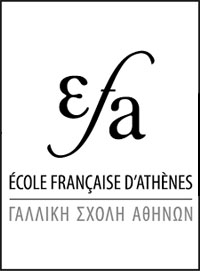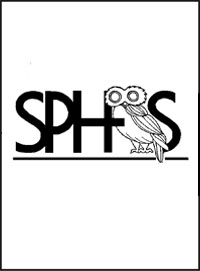Karava, Corinth - Tripoli - Kalamata Highway, Lektro - Sparta section - 2014
Informations Générales
Numéro de la notice
10029
Année de l'opération
2014
Chronologie
Mots-clés
Nature de l'opération
Institution(s)
Toponyme
Notices et opérations liées
2014
Description
Karava, Corinth - Tripoli - Kalamata Highway, Lektro - Sparta section. Evangelia Pantou, Evangelia P. Eleutheriou and Maria Florou (5η EBA) report on discoveries made during the construction of the new motorway.
Foundations were found of a building 3.48 x 5.04m, with walls surviving to a height of 0.35m. Inside the room, many pottery sherds were found, a coin, and an iron nail. A large storage vessel was found to the N of the room, along with five broken vessels. It is thought that the building was a storage facility dated to the early Byzantine period.
At point Χ.Θ. 41+480-41+520, another building was found with dimensions 4.20 x 3.67m, with a maximum surviving height 0.35m. A damaged brick floor was found, and a grave just outside.
S/SW of the two structures described above, two more walls were revealed, made of mudstone with a mortar binder. Between these walls was a mosaic floor, with dimensions 2.10 x 1.60m, decorated with a geometric pattern. The mosaic is dated to the end of the fifth century AD. Small finds (pottery sherds, four coins, and some glass fragments) were too few to date.
Foundations were found of a building 3.48 x 5.04m, with walls surviving to a height of 0.35m. Inside the room, many pottery sherds were found, a coin, and an iron nail. A large storage vessel was found to the N of the room, along with five broken vessels. It is thought that the building was a storage facility dated to the early Byzantine period.
At point Χ.Θ. 41+480-41+520, another building was found with dimensions 4.20 x 3.67m, with a maximum surviving height 0.35m. A damaged brick floor was found, and a grave just outside.
S/SW of the two structures described above, two more walls were revealed, made of mudstone with a mortar binder. Between these walls was a mosaic floor, with dimensions 2.10 x 1.60m, decorated with a geometric pattern. The mosaic is dated to the end of the fifth century AD. Small finds (pottery sherds, four coins, and some glass fragments) were too few to date.
Auteur de la notice
Michael Loy
Références bibliographiques
ADelt 69 (2014), Chr., 607–8
Date de création
2021-02-13 17:14:35
Dernière modification
2024-02-13 09:18:17








